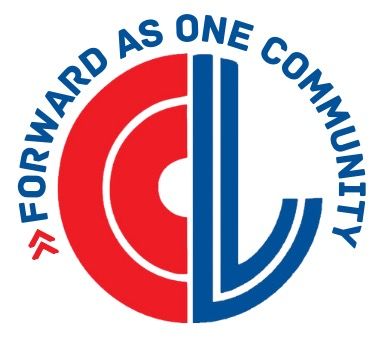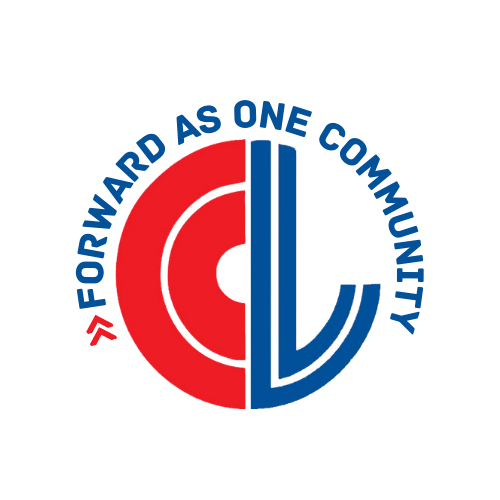Small Business Resource Round-up
Since this is Small Business Month, we thought it would be the ideal time to call attention to some of the resources out there for the small business. With an increase in awareness of how important small businesses are to the local and national economies, large businesses are getting into the groove and pledging their support to help small businesses too.
TikTok Gives Ad Credits
TikTok has announced a $1 million advertising credit initiative to support U.S. small businesses during Small Business Month. This campaign aims to help entrepreneurs expand their reach and grow their businesses on the platform.
Campaign components include:
· U.S.-based small businesses can apply for advertising credits to enhance their presence on TikTok.
· Small Biz Fest TikTok Academy Webinars. Starting May 15, weekly webinars will provide expert advice on creating effective ad campaigns.
· “100 Ways to Grow on TikTok” Video Podcast Series. This series shares success stories and insights from entrepreneurs who have leveraged TikTok for business growth.
· Small Biz Fest Roadshows. In-person events in Los Angeles, New York City, and Austin will offer guidance on optimizing TikTok strategies.
Additionally, TikTok will highlight small businesses at state capitols in New York and Texas, providing opportunities for entrepreneurs to engage with policymakers and discuss the platform's economic impact.
For more information and to participate in these initiatives, visit tiktoksmallbizfest.com.
Stamps.com Grant
Stamps.com has launched the Small Business Flexibility Grant, offering a $25,000 award to support U.S.-based service-oriented small businesses. This initiative aims to help businesses overcome operational challenges, particularly those related to manual processes like mailing and shipping.
Key Details
Eligibility:
· U.S.-based service-oriented small businesses
· Minimum of three employees
· Operating for at least two years
Application Period: May 1–31, 2025
Announcement of Winner: June 2025
Use of Funds: No restrictions; businesses can allocate funds as needed to enhance flexibility and efficiency.
Applicants are required to answer questions about their business operations and how they plan to use the grant to address flexibility challenges. The grant is designed to empower small businesses to automate manual tasks and improve operational efficiency.
For more information and to apply, visit www.stamps.com/grant
Walmart’s “Grow with US” Program
Walmart has launched the Grow with US program, a comprehensive initiative designed to support U.S.-based small businesses in scaling their operations and gaining national exposure. This program is part of Walmart's broader commitment to invest $350 billion in American-made, grown, or assembled products by 2030, aiming to support over 750,000 jobs.
Program Overview
Grow with US is a voluntary, four-step program offering:
1. Education. Access to Walmart’s Supplier Academy, featuring 30 e-learning modules across four learning paths: Welcome to Walmart 101, Retail Ready Capabilities, Business Fundamentals, and Advanced Learning.
2. Product Discovery. Opportunities to showcase products through Walmart’s U.S. Open Call, RangeMe platform, and Walmart Marketplace.
3. Mentorship. Pairing with experienced Walmart mentors to navigate the retail landscape.
4. Financing. Access to financial support through Walmart’s Early Payment Program and Bridge Marketplace.
Participation Details
Eligibility: U.S.-based small businesses can participate by providing a voluntary Small Business Administration (SBA) certification or requesting verification through Walmart.
Open Call Event: Applications for Walmart’s annual Open Call event open on June 24, 2025. This event, scheduled for October 7–8 in Bentonville, Arkansas, allows small and medium-sized businesses to pitch their shelf-ready products directly to Walmart and Sam’s Club merchants.
Road to Open Call Events: In May and June, Walmart is hosting regional pop-up events in cities including Orlando, Kansas City, Baltimore, Austin, Columbus, and Atlanta. These events offer entrepreneurs the chance to meet with Walmart buyers, receive feedback, and potentially secure a fast pass to the main Open Call event.
Verizon’s Small Business Accelerator and Grant
Verizon has announced a commitment to support U.S. small businesses through a $5 billion investment over the next five years. This initiative includes the launch of the Small Business Supplier Accelerator, aimed at integrating small businesses, many veteran-owned, into Verizon's supply chain by offering training, mentorship, and flexible procurement terms.
Verizon Small Business Digital Ready Program
In partnership with the Local Initiatives Support Corporation (LISC), Verizon continues its Small Business Digital Ready program, offering:
· Free online courses covering topics like digital marketing, finance, and operations.
· Expert coaching sessions and community events to enhance business skills.
· Access to $10,000 grants for eligible small businesses.
Grant Eligibility and Application
To qualify for the $10,000 grant businesses must:
· Be a for-profit U.S.-based business.
· Register on the Verizon Small Business Digital Ready portal: https://digitalready.verizonwireless.com/onboarding
· Complete two learning activities (courses, coaching sessions, or events) between January 1 and June 30, 2025.
· Submit the grant application by June 30, 2025, at 11:59 PM PT.
Need a few more resources? Of course you do. You can never have enough. Check out this list from the US Chamber of Commerce.
PS: Be sure to check out:
- Small Business Grant Program from the City of Leavenworth.
- Small Business Micro-Grant Program from Leavenworth County Development Corporation
- Grants Calendar from Kansas Department of Commerce
- Economic Development Incentives from the City of Lansing
------------
Christina Metcalf is a writer and speaker who believes in the power of story. She works with small businesses, chambers of commerce, and business professionals who want to make an impression and grow a loyal customer/member base. She is also the author of The Glinda Principle, rediscovering the magic within.
_______________________________________
Instagram: @christinametcalfauthor
LinkedIn: @christinagsmith




